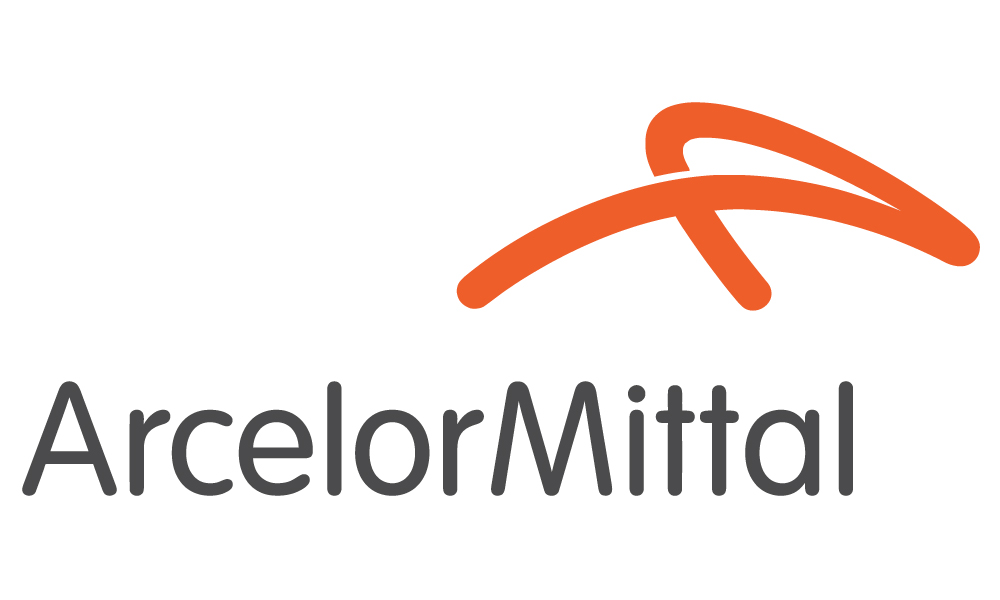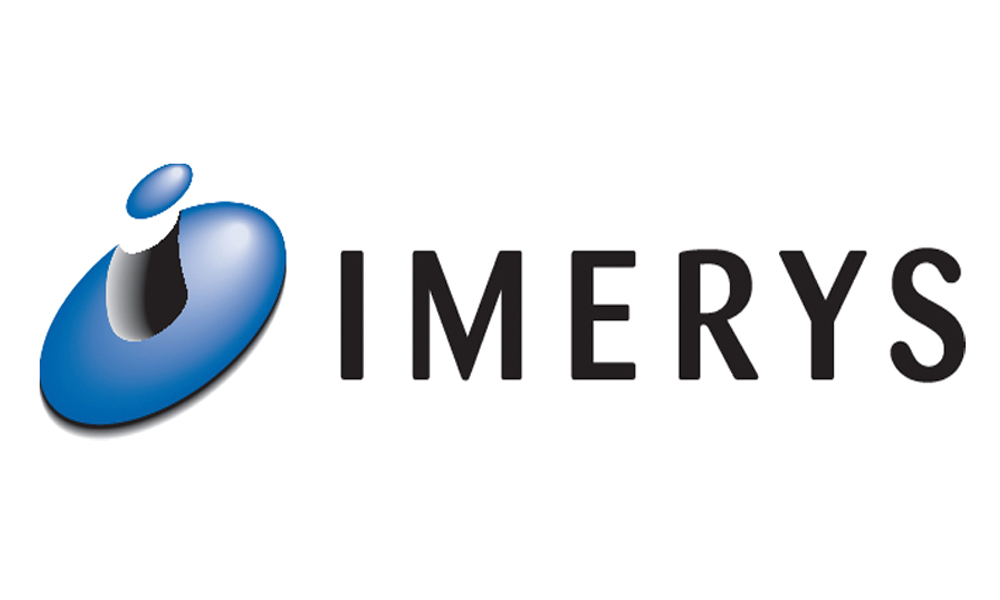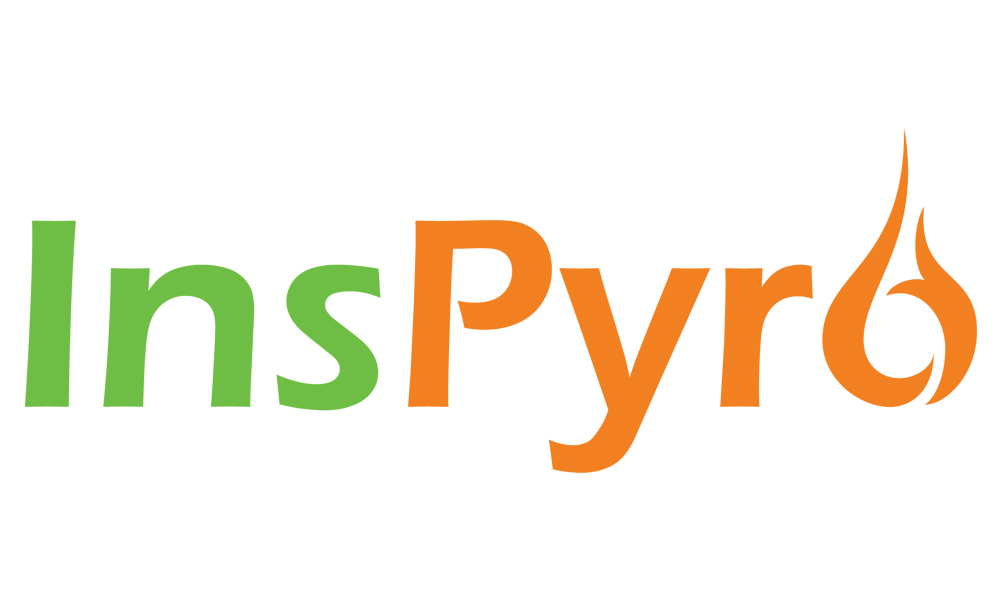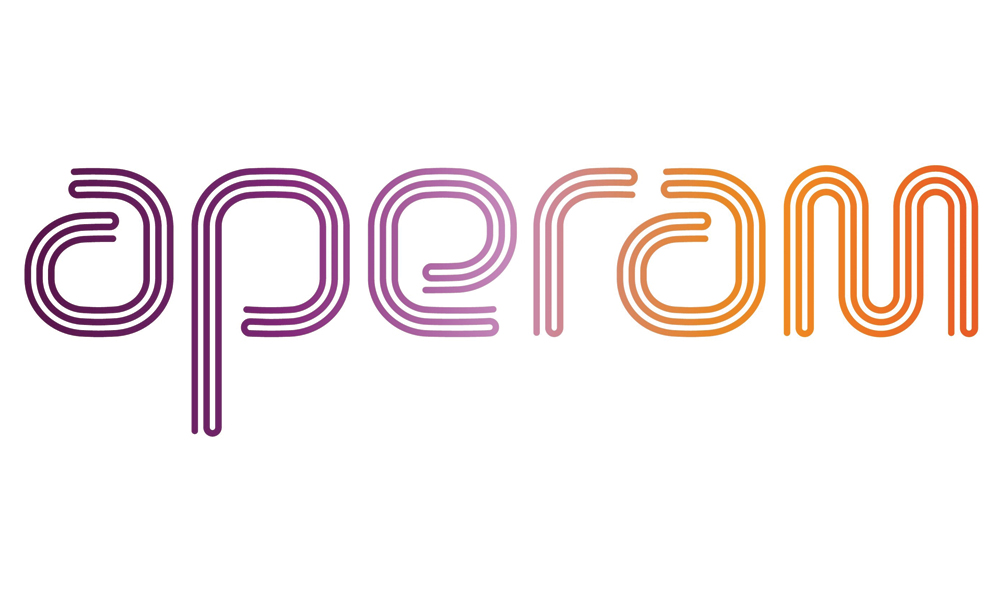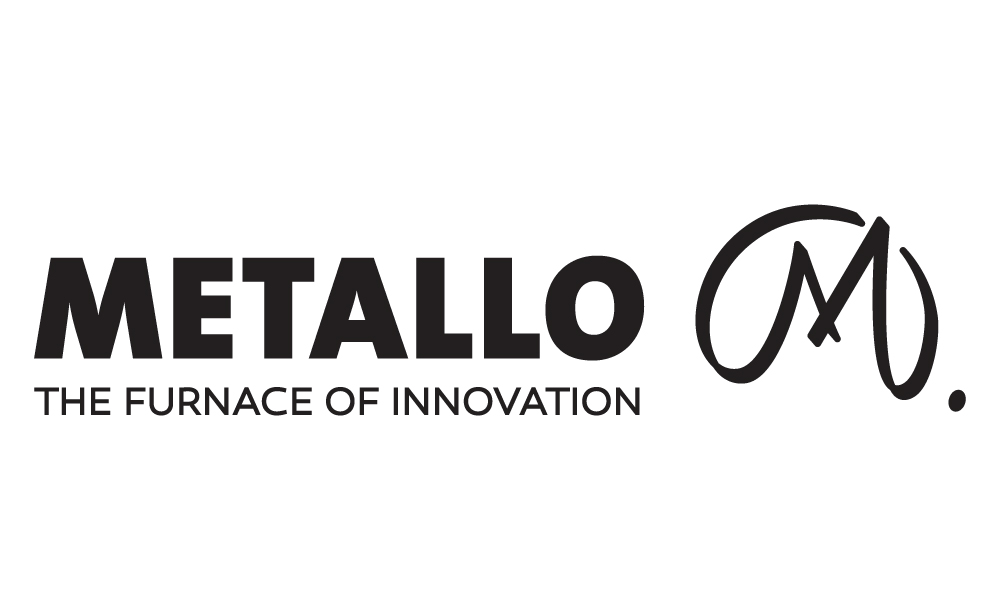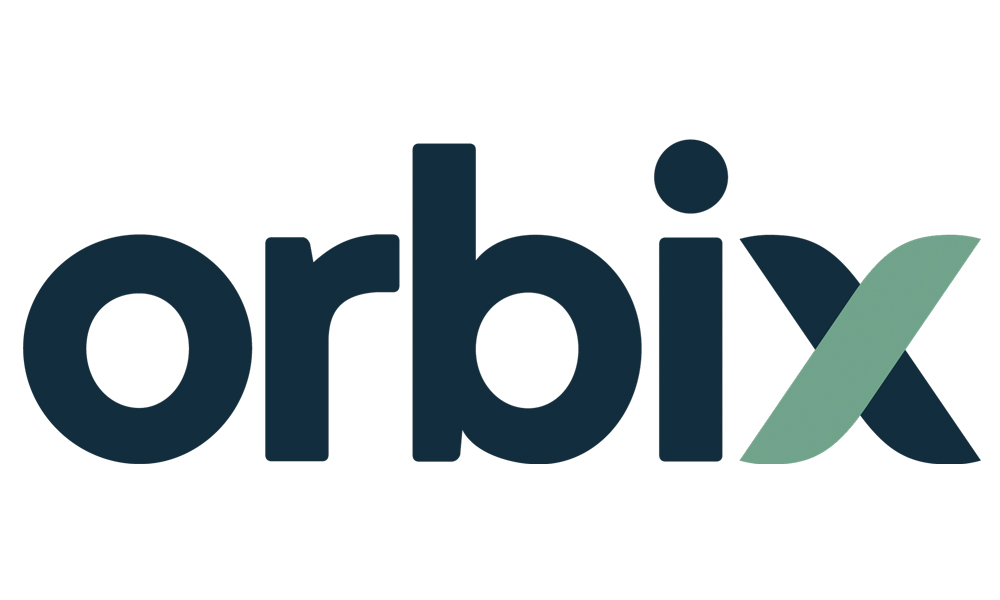Programme
Monday 1 april 2019
08.30Registration
09.00Workshop carbonation
10.30Coffee break
11.00Workshop carbonation
12.30Lunch
14.00Workshop inorganic polymers
15.30Coffee break
16.00Workshop inorganic polymers
18.00Visit St. Rumbold’s tower with workshop participants
TUESDAY 2 APRIL 2019
08.00Registration
09.00Welcome word
09.10Plenary Lecture
Karen Hanghøj – EIT RawMaterials
Raw materials sourcing in a Circular Economy framework – why understanding the raw materials value chain matters
09.50Exhibitor pitch presentations
10.10Coffee break
10.40Plenary Lecture
Waltraud M. Kriven – University of Illinois
23Na and 27Al MAS-NMR on slag-fly ash binders and slag-metakaolin binders
11.20Plenary Lecture
Hiroyuki Shibata – Tohoku University
Thermophysical properties of silicate melts and glasses
12.00Lunch and visit museum Hof van Busleyden
15.00-16.40
Session 1: Slag valorisation and thermodynamics
15.00David Algermissen – FEhS – Building Materials Institute
Valorisation of EAF slag through a defined reduction method
15.20Visa Saari – Boliden Harjavalta
Boliden Harjavalta copper and nickel smelter – Review of smelter operations, slags and slag valorisation studies
15.40Moritz to Baben – GTT Technologies
Thermochemistry of vanadium containing slags
16.00Hugo Lucas – IME-RWTH Aachen University
Thermodynamics of conditioning MSWI bottom ash using SAF for usage in minerals products
16.20Buhle Xakalashe – IME-RWTH Aachen University
Towards red mud valorisation: EAF smelting process for iron recovery and slag design for use as precursor in the construction industry
15.00-16.20
Session 2: Alternative cements and aggregates
15.00Jo Van Caneghem – KU Leuven
Leaching of heavy metals from concrete pavers containing waste-to-energy bottom ash as an aggregate
15.20Abel Danezan – CNRS CEMHTI
Study of the kinetics of hydration of industrial granulated blast furnace slags: a structural investigation
15.40Andreas Ehrenberg – FEhS – Building Materials Institute
Glass structure of granulated blast furnace slag and its reactivity – A new approach
16.00Yubo Sun – Microlab, TUDelft
Investigation on the potential application of MSWI bottom ash as cement substitutes
17.00Pitch presentations posters
18.00Poster reception
WEDNESDAY 3 APRIL 2019
08.30Plenary Lecture
Jan Bollen – Arcelor MIttal
Slags valorisation in the EU: tapping the full potential
09.10Plenary Lecture
Vincent Basuyau – European Commission
Legal and environmental bottlenecks and opportunities for slag-based products valorisation
09.50Coffee break
10.20-12.00
Session 3: Slag properties at high temperature
10.20Sander Arnout – InsPyro
Fluoride emissions from furnaces and relevance of slag fluoride capacity
10.40Suguna Varanasi – RINL-Visakhapatnam Steel Plant
Effect of physico-chemical properties of ladle furnace slag on sulphide capacity and slag valorisation options
11.00Ling Zhang – KU Leuven
In-situ study on CaO-Al2O3-SiO2-MgO (CASM) slag solidification by using electrical conductivity measurements
11.20Rodrigo Lencina – Imerys Aluminates
Prefused calcium aluminate flux vs. fluorspar for slag conditioning of stainless steel – a comparative life cycle assessment study
11.40Joon Sung Choi – Yonsei University
Structure-property prediction model via phase stability analysis of slags for reducing flux
10.20-12.00
Session 4: Slag storage conditioning and leaching
10.20Ajay Kumar Gupta – Tata Steel
Identify factor to accelerate forced weathering rate for LD slag at Tata Steel to improve its availability
10.40Maud Herbelin – Laboratoire Magmas et Volcans Saint-Etienne
Evolution of chemical, mineralogical and magnetic properties of electric arc furnace slag over weathering
11.00Mathieu Scattolin – Ecole des mines de Saint-Etienne
Use of organic amendment and Endomycorrhizal fungi for steel slag phytostabilisation
11.20Simone Neuhold – Montanuniversitaet Leoben
Minimising the leaching of V and Cr from electric arc furnace slags by decreasing the FeO/SiO2 ratio
11.40Jakob Kero – Luleå University of Technology
A study on the leachability of metals from modified copper slag for added value applications
12.00Lunch
13.30-14.50
Session 5: Metal recovery
13.30Shin-ya Kitamura – Tohoku University
Separation of phosphorus and manganese from steelmaking slag by selective reduction
13.50Frantisek Kukurugya – VITO
Recovering chromium from stainless steel and ferrochrome slags
14.10Gisele Azimi – University of Toronto
Valorisation of electric arc furnace slag for the recovery of niobium and titanium
14.30Zhongfu Cheng – KU Leuven
An effective equilibrium reaction model for the submerged plasma fuming process using ChemApp
13.30-15.10
Session 6: Slag valorisation as ceramics and insulation materials
13.30Eun Jin Jung – Research Institute of Industrial Science & Technology
A study on the utilisation of slag as insulation material with excellent fire resistance
13.50Maria Francisca Quereda Vazquez – Instituto De Technologia Ceramica
LIFE FOUNDRYTILE: valorisation of iron foundry sands and dust in the ceramic tile production process
14.10Patricia Rabelo Monich – Università degli Studi di Padova
Porous glass-ceramics from alkali activation and sinter-crystallisation of vitrified bottom ash
14.30Giovanna Sauve – KU Leuven
Life cycle assessment of novel technical routes to valorise MSWI bottom ash
14.50Youngjae Kim – Korea Institute of Geoscience and Mineral Resources
Evaluation of the applicability of slag and mining wastes for producing glass fibre
15.10Coffee break
15.40-17.00
Session 7: Innovation, business models and case studies
15.40Boudewijn Piscaer – Pantheon Performance Foundation
Removing prescriptive barriers to innovation implementations
16.00Pedro Borges – ArcelorMittal Brasil
Steel aggregate business plan – A case of success in Brazil
16.20Sotya Astutiningsih – Universitas Indonesia
Ni slag valorisation in Indonesia: a case study
16.40José Palacios – Universidad de Playa Ancha
New resources: studies on slag reprocessing and utilisation in Chile
15.40-17.00
Session 8: Metal recovery and internal use of slags
15.40Abdoulay Maihatchi – CNRS – Université de Lorraine
Beneficiation of iron-rich tailings from the mining industry
16.00Jihye Kim – University of Toronto
Valorisation of blast furnace slag to recover rare earth elements utilizing a pyro-hydrometallurgical process
16.20Mattia De Colle – KTH Royal Institute of Technology
Optimising the use of EAF stainless steel slag to neutralise acid baths
16.40Christiaan Zeilstra – Tata Steel Nederland
18.00Dinner at Salons van Dijck
THURSDAY 4 APRIL 2019
08.30Plenary Lecture
Mansoor Barati – University of Toronto
Dry granulation and heat recovery from metallurgical slags
09.10Plenary Lecture
Patrick Ammerlaan – SQAPE
Commercialising geopolymers and gaining trust in the Dutch market through the patented SQAPE technology
09.50Coffee break
10.20-12.00
Session 9: Alternative heating, cooling and reactivity
10.20Willem Deleu – MEAM
Heat recovery for an efficient microwave process
10.40Irene Ruiz-Oria – Atlantic Copper S.L.U.
Dry copper slag atomisation: on site laboratory-pilot scale trials at copper smelter facility
11.00Jan Peter Schupsky – Forschungszentrum Jülich GmbH
Influence of parameters on the crystallisation behaviour of oxidic slag systems determined by CLSM investigations
11.20Ruben Snellings – VITO
Reactivity of non-ferrous metallurgical slags and sludges measured by the RILEM R3 test
11.40Pavel Lopez – KU Leuven
The impact of amorphous-crystalline content in the hydration kinetics of a modified-BOF slag
10.20-12.00
Session 10: Alkali-activation
10.20Dimitrios Panias – National Technical University of Athens
Utilisation of slag for the development of fire resistant geopolymers
10.40Lars Cuyvers – Metallo Belgium N.V.
KORANEL®: a clean synthetic mineral for sustainable building applications
11.00Christina Siakati – KU Leuven
Binary, ternary and quaternary Fe-rich slags: influence of Fe and Si substitution by Ca and Al on the atomic structure and reactivity
11.20Alexander Wetzel – University of Kassel
Alkali-activated slag with low water/binder-ratio
11.40Tim Schade – University of Kassel
Setting behaviour of alkaline activated face concrete for paving slabs
12.00Lunch
13.00Debate – Q&A session
14.00Closing speech by organisers
14.30Closing reception & networking
FRIDAY 5 APRIL 2019
08.00Plant visit Orbix or Metallo
Poster pitch presentations
Fernando Pereira – Mines Saint-Etienne
Hydrometallurgy and Phytomanagement Approaches for Steel Slag management
Seyed Majid Feghhi – Mobarakeh Steel Company (MSC)
EAF Slag Processing in Mobarakeh Steel Company in Iran
Andreas Ehrenberg – FEhS – Institut für Baustoff-Forschung
Potentials of new cements made from granulated blast furnace slag, fly ash and clinker
Jagmeet Singh – National Institute of Technology, Jalandhar
Effect of alkali content on compressive strength and efflorescence of NaOH activated copper slag mortar
Mark Cesnovar – ZAG
Alkali activated foams from slag
Bram Mast – Hasselt Univerisity
Mechanical and microstructural properties of inorganic polymers in a gamma radiation field
Hiromichi Takebe – Ehime University
Temperature and composition dependences of viscosity for FeOx-SiO2 slag melts under magnetite formation control
Katrijn Gijbels – UHasselt
Development of cementitious materials for successful radon immobilization
Aparna Nedunuri – Department of Civil Engineeering, Indian Institute of Technology Bombay
Effect of composition of precursor and solid content on rheological behaviour of alkali activated binders
Guilherme Ascensão – Italcementi S.p.A, HeidelbergCement group
The effect of CaO-rich admixtures on controlling the drying shrinkage of alkali-activated materials
Yannan Wang – KU Leuven
Mixing characteristics of additives in slag pot
Elise François – Department of Materials Engineering, KULeuven
In-situ monitoring of additions to liquid slag using laser-induced breakdown spectroscopy (LIBS)
Michiel Giels – KU Leuven
Alkali-activation of vitrified bauxite residue: the effect of MgO
Michiel Giels – KU Leuven
Heavy metal release from porous inorganic polymers made from Fe-rich slag: effect of al content and curing time
Sabrina Van Winkel – KU Leuven
Microstructural changes in freeze linings during zinc fuming processes
Somnath Basu – Indian Institute of Technology Bombay
Interaction between oxygen steelmaking slag and water contaminated with metalloid ions
Samant Nagraj – Metallo Belgium
Submerged plasma zinc fuming process
Zhuangzhuang Liu – KU LEUVEN
Rheological transitions of the solid-bearing BOF slag during cooling process
Roberto Murillo Alarcón – KU Leuven, Department of Materials Engineering
Open-cell porous inorganic polymers for sound absorption
Zhongfu Cheng – KU Leuven
ZnO and PbO reduction from slag particles in ICP fuming process
Guixuan Wu – GTT Technologies
Inclusion of P2O5 and VOx in the viscosity model for molten slag in multicomponent oxide systems
Jorn Van De Sande – VUB
Engineering of CaO-Al2O3-FeOx-SiO2 slags for high-performance hybrid cements
Yi Jiang – Hunan University
Valorization of steel slag through pelletization and CO2 sequestration: CO2 uptake, leaching and mechanical properties
Arne Peys – KU Leuven Department of Materials Engineering
Sustainable Resources’ Database: the demise of the concept “residue”
Tobias Hertel – KU Leuven
Synthesis of inorganic polymers from vitreous slags produced by EAF smelting of bauxite residue
Glenn Beersaerts – KU Leuven
Developing a 3D-printable inorganic polymer, derived from an Fe-rich slag
Christina Siakati – KU Leuven
Binary, ternary and quarternary Fe-rich slags: influence of Fe and Si substitution by Ca and Al on the atomic structure and reactivity
Georgia Flesoura – KU Leuven
Alkali activation of synthetic SiO2-CaO-FeOx-Al2O3-MgO glass
Ahmet Dok – KU Leuven, Department of Materials Engineering
Optimization of hydraulic properties of a C4AF – C3A rich metallurgical residue
Jennifer Astoveza – Imerys Aluminates (Kerneos)/ KU Leuven/ Université de Lorraine
Assessing the Reactivity of Industrial By-Products in Calcium Aluminate Cement-Based Formulations
Vincent Hallet – KU Leuven/UGent
High-volume OPC replacement by iron-rich non-ferrous metallurgy slag
Vincent Hallet – KU Leuven/UGent
Alkali-activation of Fe-rich slag using mixed Na-K solutions
Pithchai Pandian Sivakumar – KU Leuven/UGent
Valorising Combined Residues Towards a Calcium Sulfoaluminate Cement
Youva Tyagi – Greencem
Zero carbon emissions from a waste wood based light weight eco-friendly concrete system through Mecalithe
Arnaud Boonen – KU Leuven, Faculty of Engineering Technology Campus Group T, 3000 Leuven, Belgium
Tailoring properties of porous inorganic polymers: effect of the precursor
Olivier Lippens – KU Leuven
Carbonation resistance of cement from iron-rich slag
Youva Tyagi – Greencem
Minimisation of carbon dioxide emission by reducing cement in a concrete system through Mecalithe® technology
Lu Lin – Metallurgical Technology Institute, Central Iron and Steel Research Institute, China
Influence of distribution behaviour of phosphorus between P-rich and matrix phase in CaO-SiO2-FetO-P2O5 slag
Rensheng Chu – Shougang Group Co.
Industrial application of aluminium slag in steelmaking process
